Teeth

This science scheme of work for Key Stage Two gets the children to name, locate and explain the function of different types of teeth that are used in the initial digestion of food inside the human mouth. The class can make example models and label scientific diagrams to show how to look after and care for the teeth.

Name, locate and explain the function of different types of teeth that are used in the initial digestion of food inside the human mouth
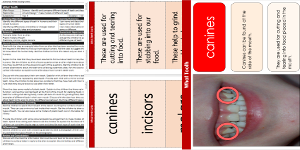
Lesson One : What Tooth
Identify and compare some of the different types of teeth that can be found inside the human mouth and describe their matching functions in chewing food
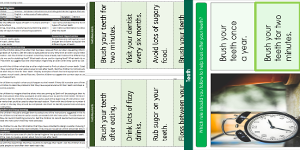
Lesson Two : Dental Hygiene
Practise composing and presenting a set of instructions that can be used to promote good dental hygiene for someone to follow to care for and protect the teeth
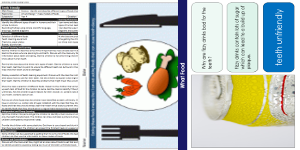
Lesson Three : Teeth Friendly
Identify, describe and compare some of the different types of food and drinks that can cause tooth decay in the human mouth
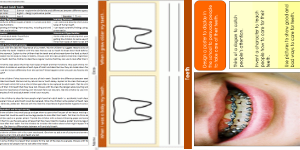
Lesson Four : Milk and Adult Teeth
Explore and record some of the similarities and differences between the different types of teeth that are used in childhood and adulthood
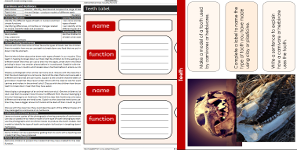
Lesson Five : Carnivore and Herbivore
Identify, describe and compare the range of special teeth that are used for feeding by some different types of animals including carnivores and herbivores
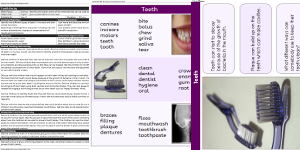
Lesson Six : Tooth Decay
Identify, explain and record some of the different special methods that can be used by someone to prevent and repair tooth decay in the human mouth
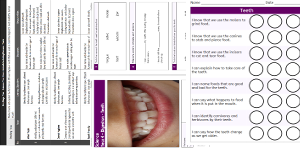
Teeth Assessment
Assess abilities in naming, locating and explaining the function of different types of teeth that are used in the initial digestion food inside the human mouth
-

Theme Park Visit
Practise identifying and calculating the timing and duration of rides and events when visiting a theme park on a special family trip
-

Family Holiday Trips
Identify and record how to compose and publish recounts using adverbials of time and place to describe family holidays to different places in the world
-

Money Multiplication
Explain and model how to use standard written calculation methods to multiply money amounts in pounds and pence when solving number problems
-

Sport Teams
Explain and model how to use brackets and dashes to add extra information to sentences describing how to play sports and games as part of a team
